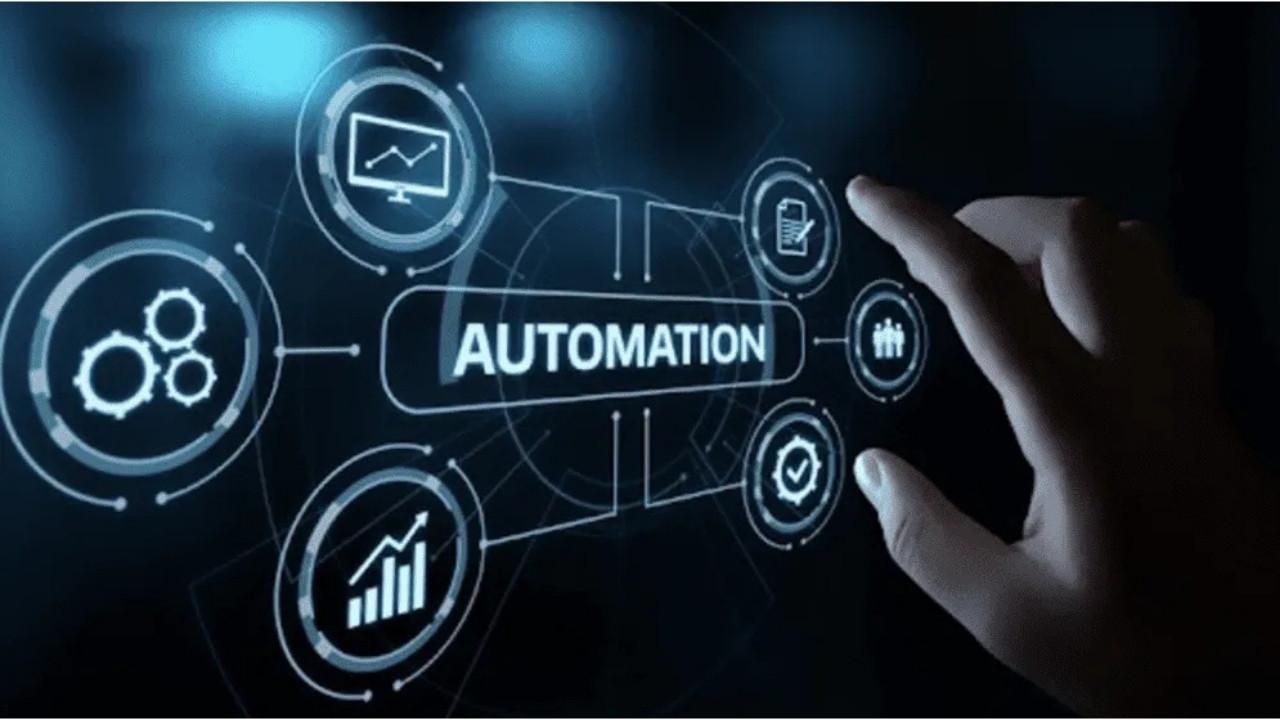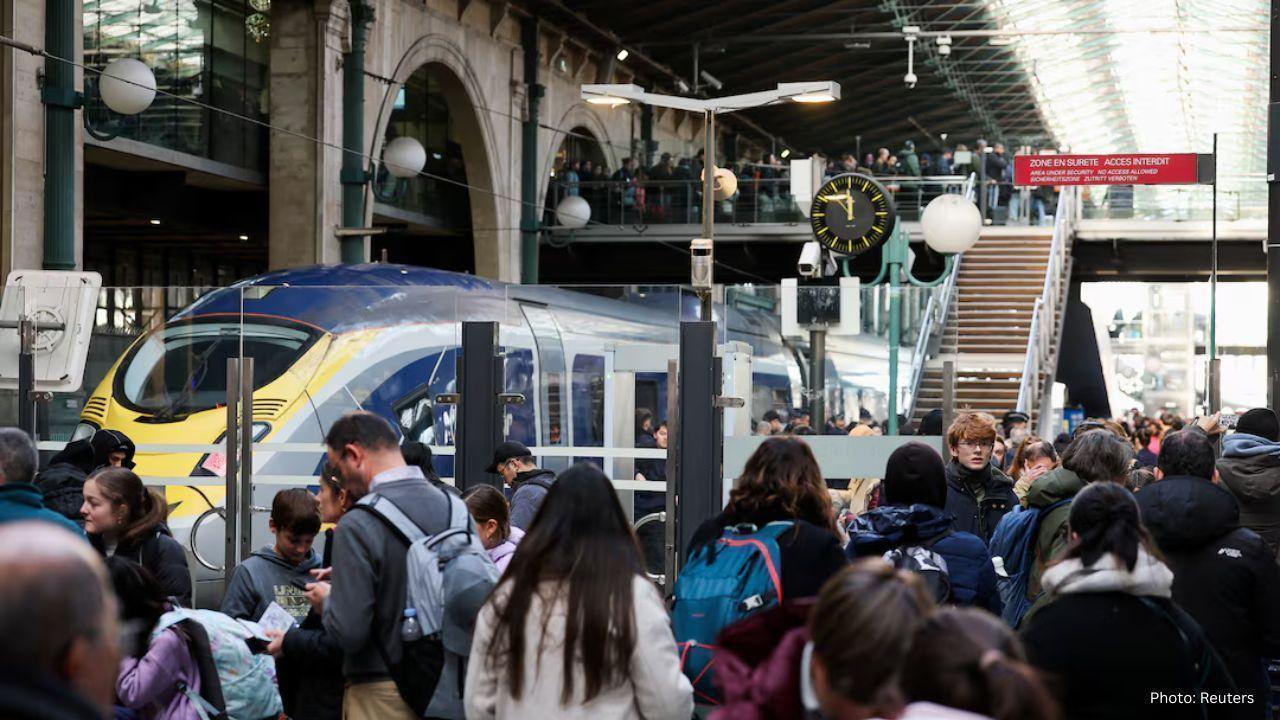You have not yet added any article to your bookmarks!

Join 10k+ people to get notified about new posts, news and tips.
Do not worry we don't spam!

Post by : Anis Farhan
Artificial intelligence is no longer confined to research labs or futuristic imaginations—it is embedded in the everyday. Most of us interact with AI multiple times a day without realizing it. Whether it’s a navigation app rerouting us around traffic, a voice assistant setting reminders, or a streaming service curating shows we love, AI tools are working quietly in the background. Unlike the industrial revolutions of the past, this technological shift doesn’t announce itself with grand machines or massive factories. Instead, it slips into daily routines, shaping habits and decisions almost invisibly. The rise of AI automation in daily life reflects not just technological progress but also a transformation in how humans and machines collaborate.
Smart homes are a prime example of how AI is woven into ordinary living. Voice-controlled assistants like Alexa, Google Assistant, and Siri are more than gadgets—they are digital companions managing everything from music playlists to thermostat settings. Automated lighting systems learn preferences and adjust brightness depending on the time of day. Smart refrigerators track groceries and suggest recipes, while AI-powered cleaning robots silently map and clean homes.
This household-level automation makes everyday tasks easier, freeing up time for more meaningful activities. Importantly, these tools integrate seamlessly, so what once felt futuristic now feels normal.
Transportation is another area where AI is transforming experiences. GPS navigation apps powered by machine learning analyze traffic patterns in real time, offering the fastest routes. Ride-hailing platforms like Uber or Grab use AI to match drivers with passengers efficiently.
Even more revolutionary are self-driving cars, which, although still in testing phases, signal a future where AI takes the wheel. Until then, driver-assist features like lane correction, adaptive cruise control, and predictive braking already rely on AI. These subtle forms of automation enhance safety, reduce accidents, and save lives every day.
Healthcare might be where AI’s quiet influence is most impactful. Fitness trackers and smartwatches continuously monitor heart rates, sleep cycles, and stress levels, sending health data directly to apps. Hospitals use AI-powered diagnostic tools to interpret medical images, catching diseases earlier and more accurately. Chatbots handle routine patient inquiries, while medication management apps remind patients to take their pills on time.
These systems do not replace doctors but act as support mechanisms, enhancing efficiency and providing early warnings that can make all the difference. For individuals, it means better self-care and proactive health management without even noticing the AI working behind the scenes.
E-commerce platforms are fueled by AI recommendation engines. When shoppers browse online, algorithms instantly analyze browsing history, purchase patterns, and even the time of day to suggest relevant products. This invisible hand of AI makes shopping feel personalized, reducing search time and increasing satisfaction.
Entertainment is equally shaped by AI. Streaming services like Netflix, Spotify, and YouTube curate playlists and shows tailored to individual tastes. These recommendations are so intuitive that they feel natural, almost as if the system knows us better than we know ourselves. While critics argue this creates “filter bubbles,” it undeniably provides a seamless, customized experience.
AI is transforming professional life in ways both subtle and profound. Automated email sorting saves time by prioritizing important messages. Scheduling assistants suggest meeting times that suit everyone’s calendar. AI transcription services convert spoken conversations into text instantly, reducing clerical workloads.
In creative industries, AI tools help draft content, edit videos, and design graphics, while in finance, they automate transactions and detect fraud. Workers may not always recognize the AI element, but these background automations are making workplaces more efficient, allowing humans to focus on strategy, creativity, and problem-solving.
A recurring concern about automation is job loss and human redundancy. However, daily-life AI tools reveal a different reality. Rather than replacing people, they enhance capabilities. They handle repetitive, time-consuming tasks, freeing individuals for higher-value pursuits.
This balance is key. AI thrives in processing vast amounts of data quickly, while humans excel in empathy, ethics, and creativity. When combined, the partnership creates outcomes neither could achieve alone.
As with any technology, AI in daily life comes with challenges. The more data these tools collect, the greater the concerns about privacy and surveillance. Many users wonder: who has access to their habits, shopping patterns, or health information? Over-dependence is another issue—what happens if systems fail, or if individuals lose basic skills once handled entirely by AI?
The digital divide is equally pressing. While affluent households enjoy AI conveniences, underprivileged communities may be left behind, exacerbating inequality. Addressing these challenges requires strong regulations, ethical frameworks, and efforts to make AI accessible to all.
Looking ahead, AI will continue to integrate more seamlessly into daily life. Smart cities will optimize traffic, energy, and waste management. Personalized digital tutors will reshape education. AI assistants may evolve into proactive partners that anticipate needs before they are expressed.
This future is not one of science fiction robots but of subtle, invisible systems that empower humans quietly. The next phase of AI in daily life will likely be defined less by novelty and more by how naturally it blends into routines, becoming as unremarkable—and indispensable—as electricity or the internet.
This article is intended for informational and educational purposes only. It draws on general industry trends and examples of AI tools to illustrate how automation is shaping daily life. Readers should consult official technology sources and expert advice for specific applications or decisions.










Mel Gibson and Rosalind Ross Split After Nearly a Decade Together
Mel Gibson and Rosalind Ross confirm split after nearly a year. They will continue co-parenting thei

Rashmika Mandanna, Vijay Deverakonda Set to Marry on Feb 26
Rashmika Mandanna and Vijay Deverakonda are reportedly set to marry on February 26, 2026, in a priva

FIFA Stands by 2026 World Cup Ticket Prices Despite Fan Criticism
FIFA defends the high ticket prices for the 2026 World Cup, introducing a $60 tier to make matches m

Trump Claims He Ended India-Pakistan War, Faces Strong Denial
Donald Trump says he brokered the ceasefire between India and Pakistan and resolved eight wars, but

Two Telangana Women Die in California Road Accident, Families Seek Help
Two Telangana women pursuing Master's in the US died in a tragic California crash. Families urge gov

Ranveer Singh’s Dhurandhar Roars Past ₹1100 Cr Worldwide
Ranveer Singh’s Dhurandhar stays unstoppable in week four, crossing ₹1100 crore globally and overtak